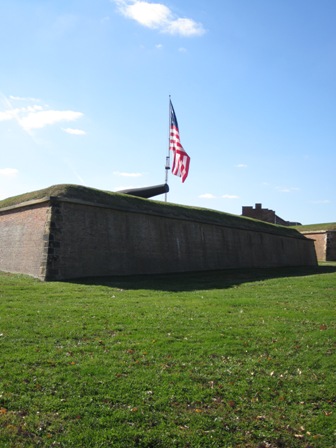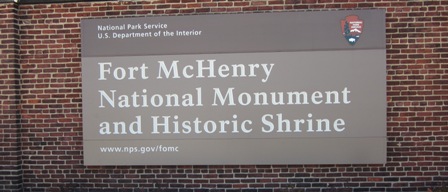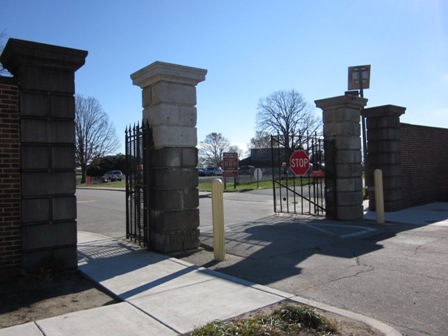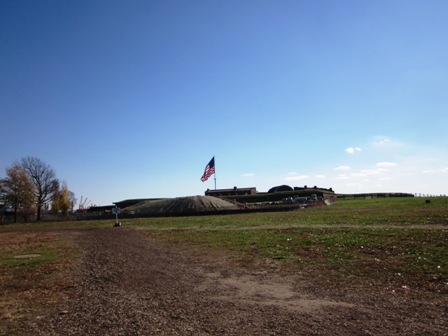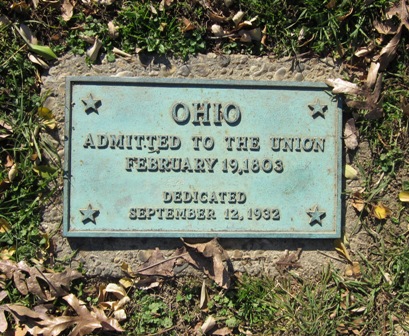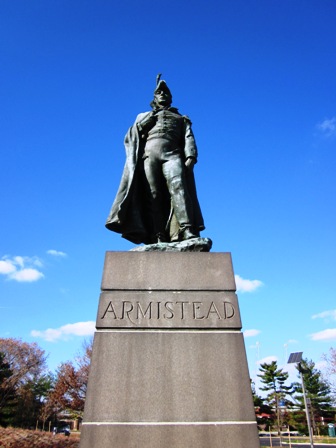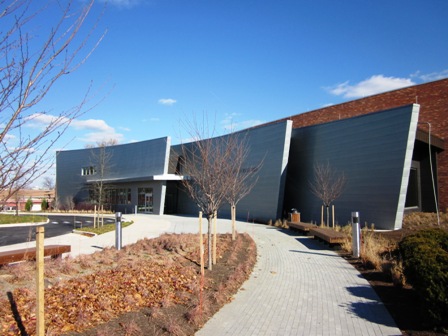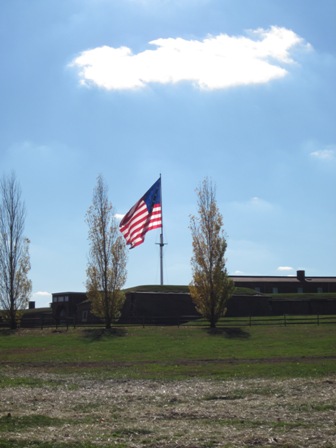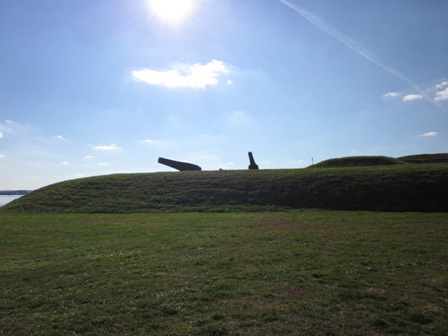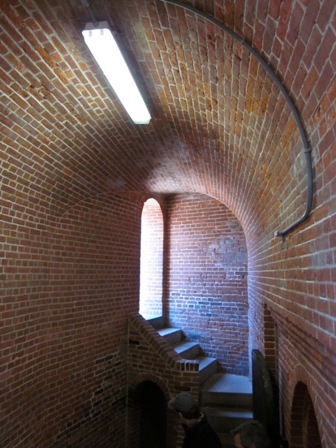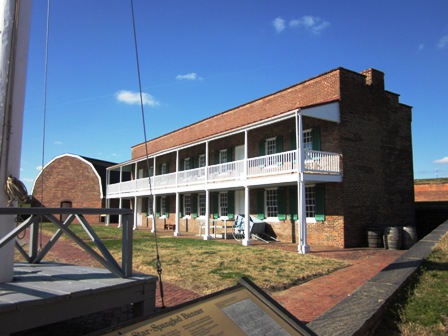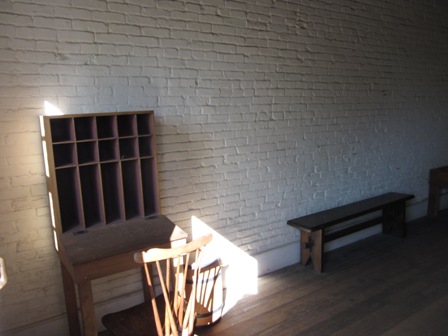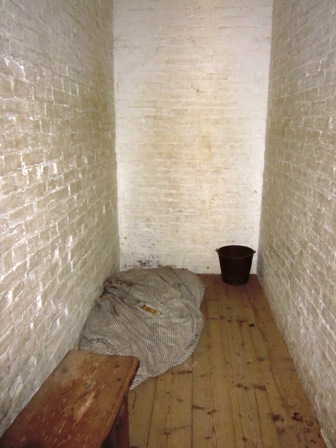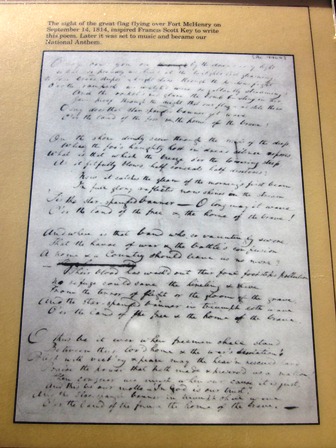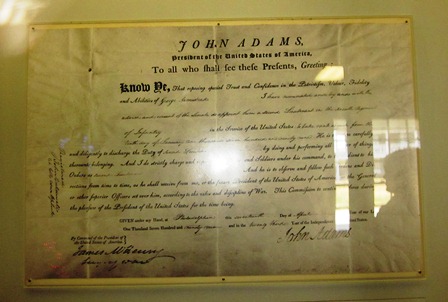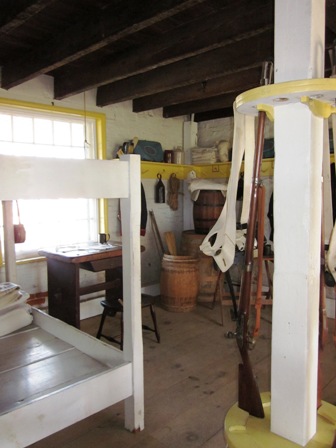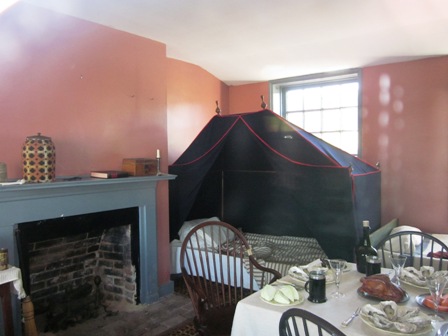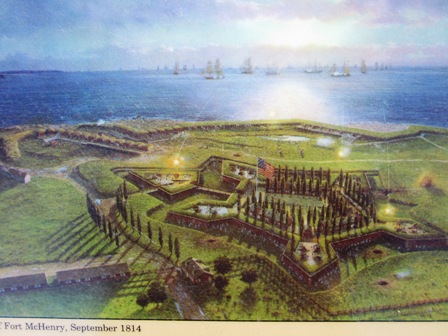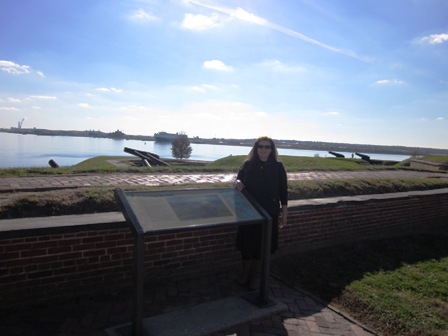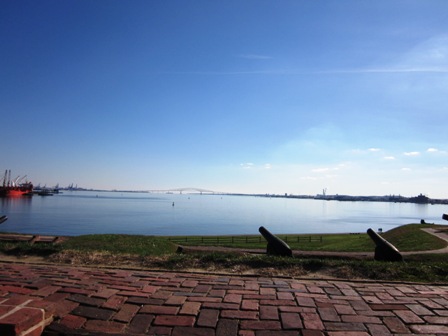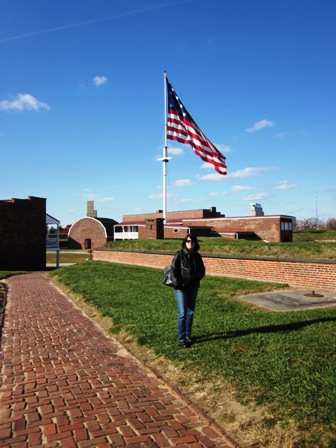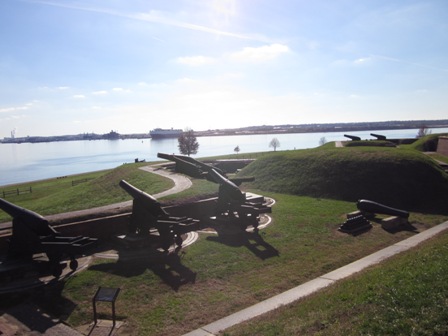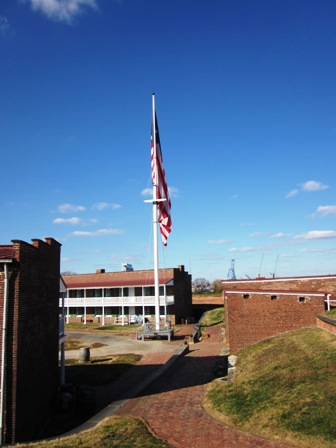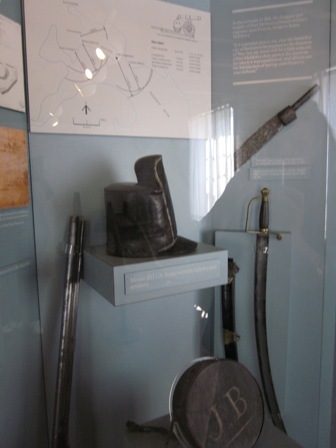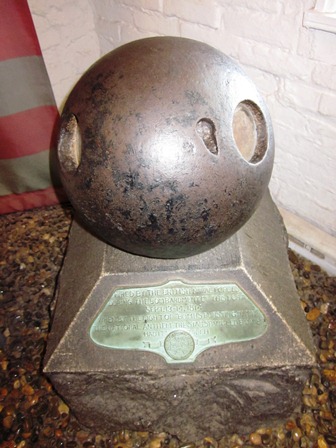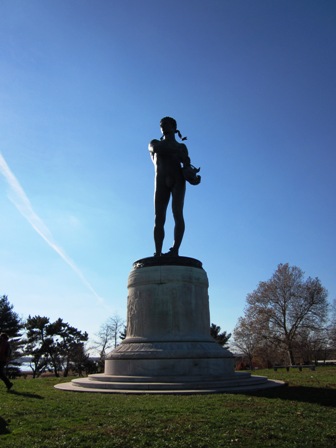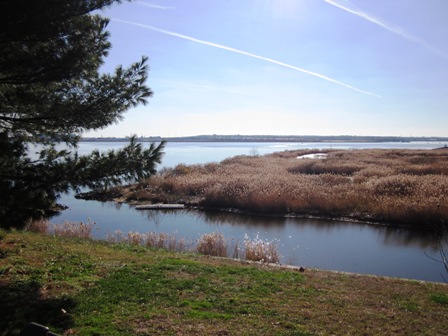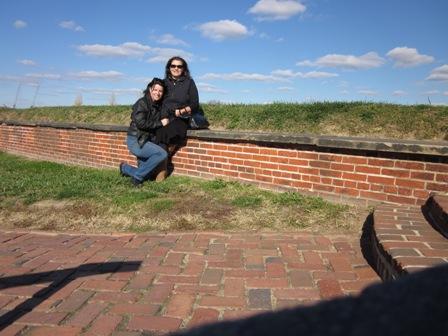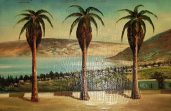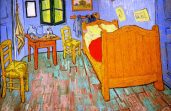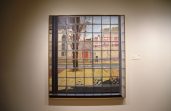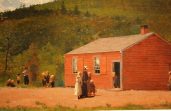Fort McHenry
O say, can you see, by the dawn’s early light,What so proudly we hailed at the twilight’s last gleaming?
Whose broad stripes and bright stars, through the perilous fight,
O’er the ramparts we watched, were so gallantly streaming!
And the rockets’s red glare, the bombs bursting in air,
Gave proof through the night that our flag was still there:
O say, does that star-spangled banner yet wave
O’er the land of the free and the home of the brave?On the shore, dimly seen through the mists of the deep,
Where the foe’s haughty host in dread silence reposes,
What is that which the breeze, o’er the towering steep,
As it fitfully blows, half conceals, half discloses?
Now it catches the gleam of the mornings’ first beam,
In full glory reflected now shines on the stream:
‘Tis the star-spangled banner! O long may it wave
O’er the land of the free and the home of the brave!
And where is that band who so vauntingly swore
That the havoc of war and the battle’s confusion
A home and a country should leave us no more?
Their blood has washed out their foul footsteps pollution.
No refuge could save the hireling and slave
From the terror of flight, or the gloom of the grave:
And the star-spangled banner in triumph doth wave
O’er the land of the free and the home of the brave!
O thus be it ever, when freemen shall stand
Between their loved homes and the war’s desolation!
Blest with victory and peace, may the heaven-rescued land
Praise the Power that hath made and preserved us a nation
Then conquer we must when our cause it is just
And this be our motto: “In God is our trust.”
And the star-spangled banner in triumph shall wave
O’er the land of the free and the home of the brave!
~ Francis Scott Key ~
On August 11, 1939, Fort McHenry became the only place in the United States, designated as both a National Monument and Historic Shrine.
The gates into the park
An approaching view
These small bronze plaques, of all of the states, line the walk way up to the Fort.
On July 4, 1960, the first fifty-star American flag was officially flown, for the first time anywhere, at Fort McHenry. By Presidential order, the Stars and Stripes fly day and night at Fort McHenry.
Fort McHenry, in Baltimore, Maryland, on Locust Point peninsula, was the inspiration for “The Defense of Fort McHenry,” a poem written by Washington attorney, Francis Scott Key, on a British truce ship, to negotiate the release of British prisoner of war, Dr. William Beanes on the night of September 13-14, 1814, during the War of 1812. We now know the poem as “The Star-Spangled Banner”.
The Fort was named for the Secretary of War James McHenry, who served under Presidents Washington and Adams; and was a signer of the United States Constitution from Maryland.
Major George Armistead, the commanding officer of Fort McHenry during the War of 1812.
His nephew, Lewis Armistead, was killed during Pickett’s Charge, at Gettysburg. He was a Confederate Brigadier General.
The new Visitor Center
Mary Pickersgill, a seamstress from Baltimore, made the fifteen striped, wool flag in 1813, which now hangs in the Smithsonian that inspired F. S. Key to write “The Star-Spangled Banner”.
For her efforts, she was paid $405.90
(Last year, we saw the restored flag at the Smithsonian)
The mighty American Guns
Ravelin Magazine – where ammunition was stored.
Inside a cell
Key Howard, Francis Scott Key’s grandson, was imprisoned at Ft. McHenry during the Civil War, and commented on the irony of being imprisoned there on the anniversary of his grandfather’s composition.
“When I looked out in the morning I could not help being struck by an odd and not pleasant coincidence. On that day, forty-seven years before, my grandfather, Mr. F. S. Key, then a prisoner on a British ship, had witnessed the bombardment of Fort McHenry . . . . As I stood upon the very scene of that conflict, I could not but contrast my position with his, forty-seven years before. The flag which he had then so proudly hailed, I saw waving, at the same place, over the victims of as vulgar and brutal a despotism as modern times have witnessed.”
The fort became known as “The American Bastille” because the military seized civilians considered sympathetic to the south and imprisoned them there without trials or charges. “During the Civil War, Maryland was a slave-holding state. The Union Army occupied Baltimore, declared martial law, and held the city in an iron grip. Soldiers strengthened Fort McHenry, trained its cannon on the town, and built other forts in the midst of the city.” Many of Baltimore’s most prominent citizens were imprisoned at the fort.
A copy of the page on which the “Star Spangled Banner” was written
“At the age of 19, George Armistead received his commission as a second lieutenant in the 7th U.S. Infantry Division; it was signed by President John Adams and Secretary of War James McHenry.”
The enlisted men’s barracks
The officers barracks
The Star shaped Fort McHenry in 1814
me on the ramparts
The Frances Scott Key bridge which can be seen in the distance, in this photograph, is built at the approximate location of the British ships.
Kate
The guns pointing toward the Bay
“In June, 1813, soon after Armistead’s arrival from his previous command at Fort Niagara, New York, he informed Major General Samuel Smith: We, Sir are ready at Fort McHenry to defend Baltimore against invading by the enemy. This is to say, we are ready except that we have no suitable ensign to display over the Star Fort, and it is my desire to have a flag so large that the British will have no difficulty seeing it from a distance.”
One of the many exhibits which highlight the men and women who have served, lived, and died in the Fort.
“The bombs bursting in air . . . the carcasses red glare!”
The carcass was a hallow shell filled with flammable ingredients; this is one of four such bombs fired by the British, on the Fort.
Orpheus With the Awkward Foot
Orpheus of Greek mythology, represents art, music, and poetry, was commissioned in 1914 to celebrate the hundred year anniversary of the writing of the National Anthem. On June 14, 1922, President Warren G. Harding, dedicating this statue, delivered the first radio address, coast to coast in the United States.
A Bay View
Kate and me
Fort McHenry National Monument and Historic Shrine
2400 East Fort Avenue
Baltimore, MD 21230-5393
Visitor Information
(410) 962-4290

